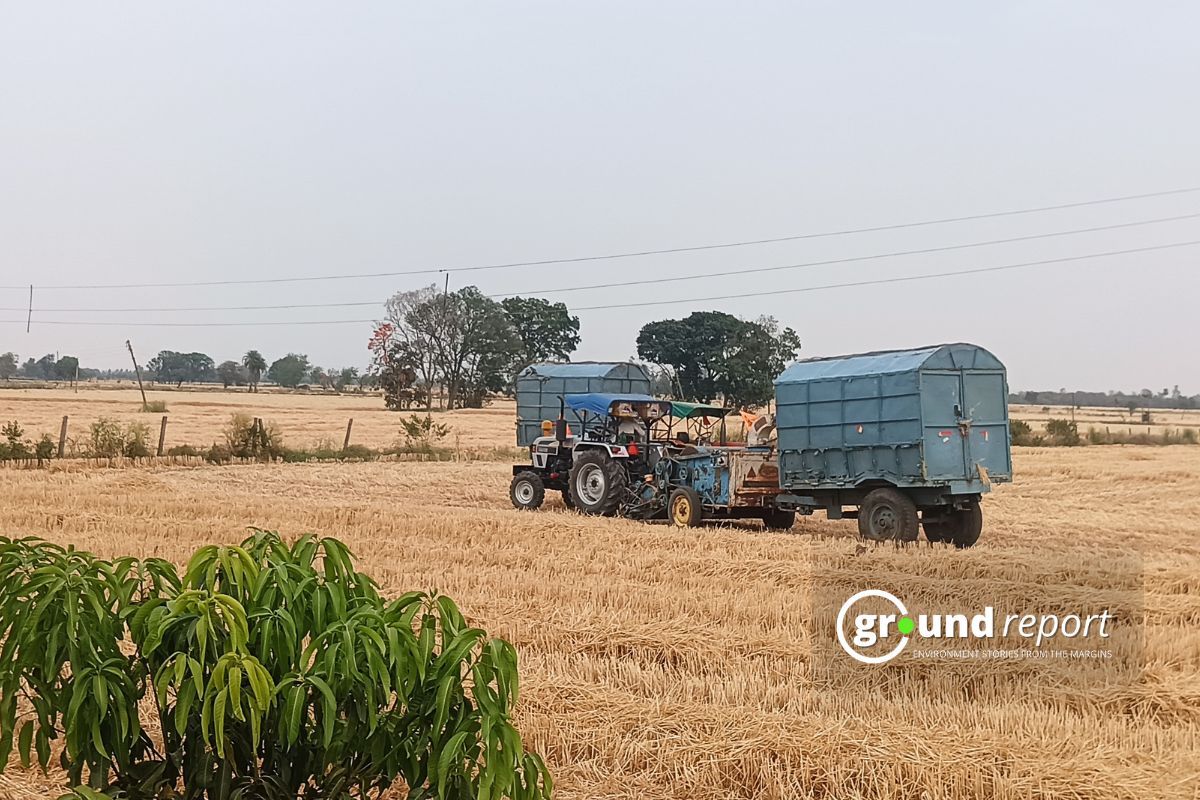The contamination of drinking water is a widespread environmental issue that affects both humans and aquatic life. The provision of clean and safe drinking water is a significant challenge globally, requiring consideration of quality, acceptability, and quantity to ensure public health protection.
Lack of organization in water supply systems leaves billions without access to safe drinking water, necessitating innovative and intricate wastewater treatment methods such as primary, secondary, and in some cases, tertiary treatment.
To address this issue, the International Water Association (IWA) and the World Health Organization (WHO) have released the second edition of the Water Safety Plan Manual. The manual offers practical guidance for creating and implementing water safety plans that align with WHO drinking water quality guidelines.
Managing risks in the entire water supply is crucial to ensure the safety and health of the public. Here are some tips and strategies for managing risks in the entire water supply:
Tips and Strategies for Managing Risks in the Entire Water Supply
Managing risks in the entire water supply is crucial to ensure the safety and health of the public. Here are some tips and strategies for managing risks in the entire water supply:
- Conduct a Risk Assessment: Conduct a risk assessment to identify the potential risks and hazards in the water supply system. This will help you to identify the areas that require improvement and prioritize your efforts.
- Implement a Water Quality Monitoring Program: Implement a water quality monitoring program to ensure that the water supply meets the required standards. This should include regular testing for microbial and chemical contaminants.
- Develop an Emergency Response Plan: Develop an emergency response plan that outlines the steps to be taken in case of a water supply emergency, such as contamination or supply interruption. This plan should include communication protocols, evacuation procedures, and backup water supply sources.
- Regular Maintenance and Cleaning: Regular maintenance and cleaning of water supply infrastructure such as pipes, tanks, and reservoirs, are essential to prevent contamination and ensure the water supply is safe for consumption.
- Implement Source Water Protection Measures: Implement source water protection measures to protect the water supply from contamination. This includes land-use planning, controlling potential contamination sources, and implementing best management practices.
- Engage Stakeholders: Engage stakeholders, including the public, local authorities, and water supply companies, in the management of risks in the water supply. This will help to increase awareness of the risks and foster collaboration in managing them.
- Regular Review and Update: Regularly review and update your risk management strategies to ensure they remain effective and relevant. This should include monitoring and evaluating your program and implementing improvements as required.
Managing risks in the entire water supply requires a comprehensive and proactive approach that includes risk assessment, monitoring, emergency planning, regular maintenance, source water protection, stakeholder engagement, and regular review and updating of risk management strategies.
Keep Reading
- Kashmir’s Climate-Resilient Homes: A Sustainable And Cultural Heritage
- How Retreat Of Machoi Glacier Impacting Lives In Kashmir?
- Solar Cities In India: Sanchi Will Not Be A Modhera-Like Solar City
Follow Ground Report for Climate Change and Under-Reported issues in India. Connect with us on Facebook, Twitter, Koo App, Instagram, Whatsapp and YouTube. Write us on GReport2018@gmail.com.









